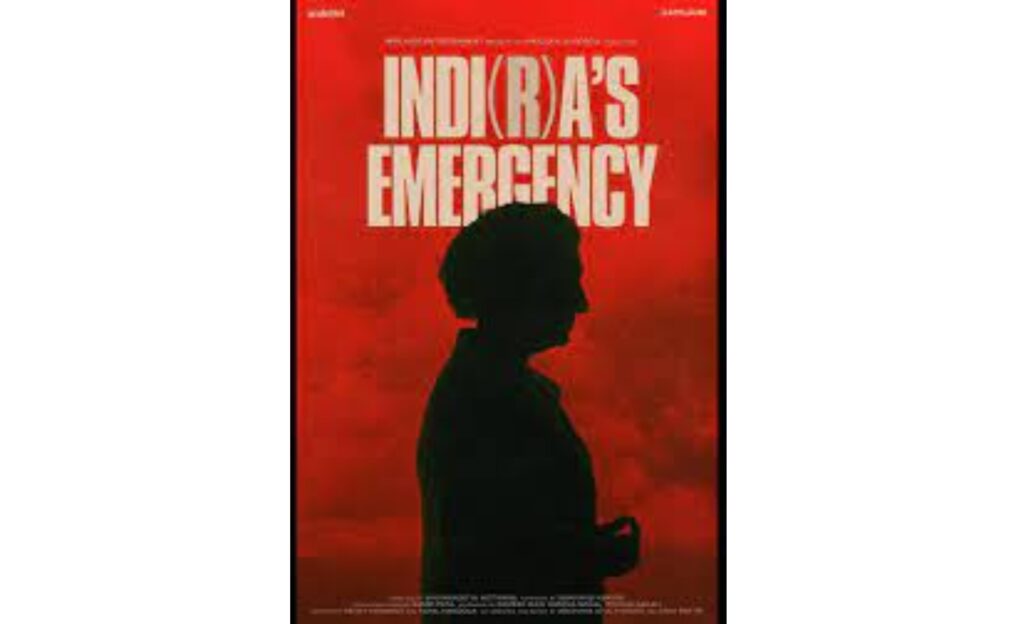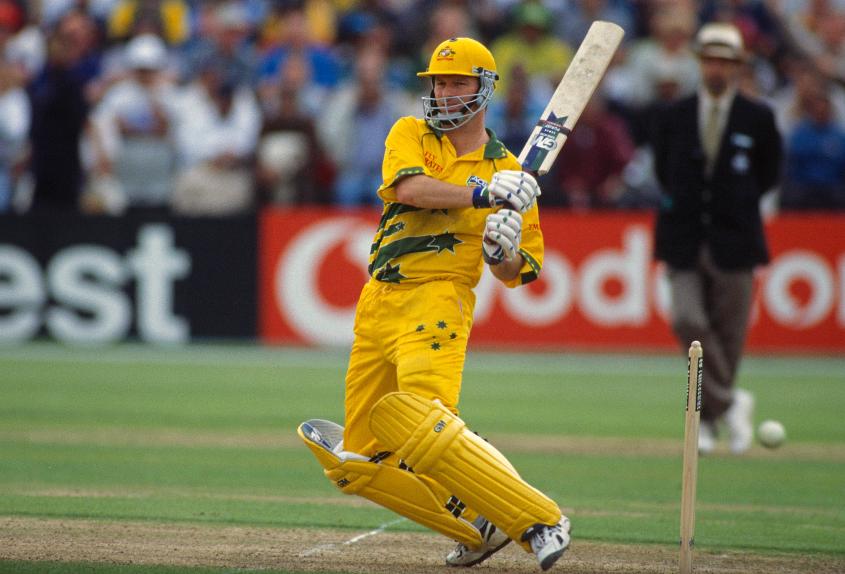Filmmaker Vikramaditya Motwane’s Indi(r)a’s Emergency, as per its name, throws light at the period where India’s then Prime Minister Indira Gandhi imposed the Emergency in 1975, which led to the curtailment of basic rights of the citizens and utter chaos. While doing that, the movie, which is produced by Applause Entertainment, also succeeds in indirectly stating that the dark period is relevant even today.
Narrative:
Indi(r)a’s Emergency is a documentary which is not at all narrated like a documentary. The film is, in fact, is as gripping as a dramatic thriller. Instead of showing different individuals merely speaking on the screen on the subject, the film, for more than 95% of its time, uses visuals from plenty of archival footage along with an impactful narration by lyricist-cum-actor Swanand Kirkire. The script is not only crisp and to-the-point but also filled with powerful and witty dialogues.
The film narrates the story like any other fictitious drama. Although Indira Gandhi’s tenure as the PM starts in 1971, the movie begins from 1942 onwards when MK Gandhi’s Quit India Movement is in full flow. After building the back story, the screenplay gradually brings Indira Gandhi in the picture.
The film, basically, shows the rise, fall and the rise of Indira Gandhi as the country’s PM. The character arc of the protagonist is finely created and this is what largely makes Indi(r)a’s Emergency much more than a documentary. Without making any actor play the former PM, the film triumphs in building her character like any other powerful protagonist who gradually becomes obsessed with power. The makers have wonderfully used animation to depict incidents for which no footage is available, especially the courtroom scenes.
Boldness:
The movie doesn’t hold back when it comes to portraying the horrors of Emergency and how the then establishment made it look like a successful exercise. Madhur Bhandarkar’s feature film on the same subject titled Indu Sarkar (2017) had succeeded in throwing light on the atrocities by the then government, which have been brushed under the carpet over the decades, but Indi(r)a’s Emergency goes beyond that despite being a documentary. The whole episode of the government machinery literally wiping out the entire Turkman Gate locality is the boldest part of the movie. Similarly, the exploration of the character of Indira’s son Sanjay Gandhi forms a major part of the film.
Relevance in today’s times:
A major reason why Indi(r)a’s Emergency appeals to this extent is because of its relevance in the contemporary times, although the makers never spell this out. A number of happenings and incidents one sees in the film reflect the current situation in the country. Labeling failures as masterstroke is something we have been witnessing in today’s times along with the curtailment of the free press and witch hunting of the opposition, although not officially like during the Emergency.
Interestingly, the movie also features video opinions of the common citizens who had become fans of the then regime and started believing that Emergency was a blessing. But what takes the cake is a naïve citizen powerfully proclaiming that as the Emergency has managed to do ‘so much good’ for the nation, it should be imposed even more. If this wasn’t enough, the movie ends with a powerful quote from Dr Babasaheb Ambedkar – “Bhakti in religion may be a road to the salvation of the soul. But in politics, Bhakti or hero-worship is a sure road to degradation and to eventual dictatorship.”
Overall:
Indi(r)a’s Emergency is neither for the fans of the previous or the current regime. It’s basically aimed at the citizens who are concerned for the nation and don’t want dark chapters of the history being repeated.
Rating: 4.5 out of 5
Indi(r)a’s Emergency was premiered at the MAMI Film Festival in Mumbai on October 28, 2023


